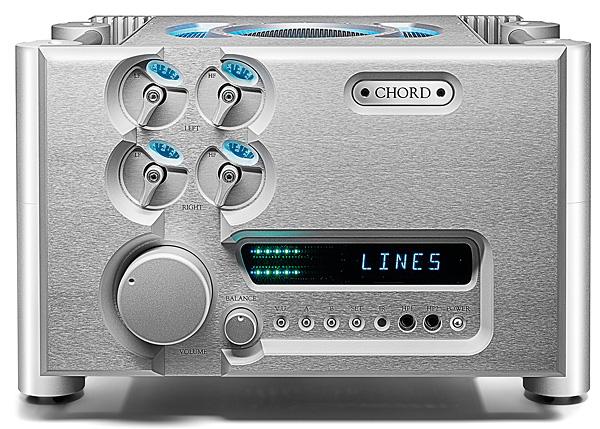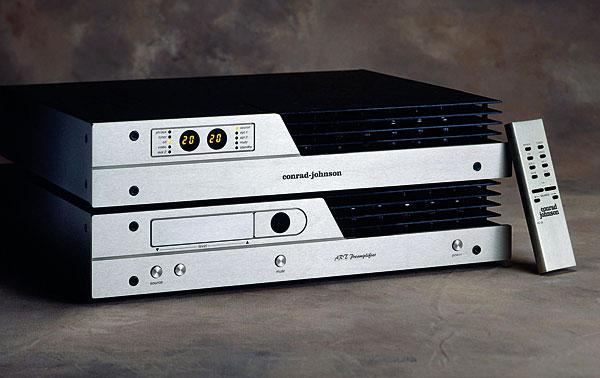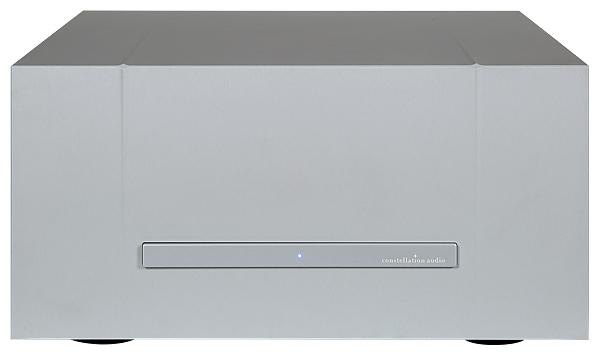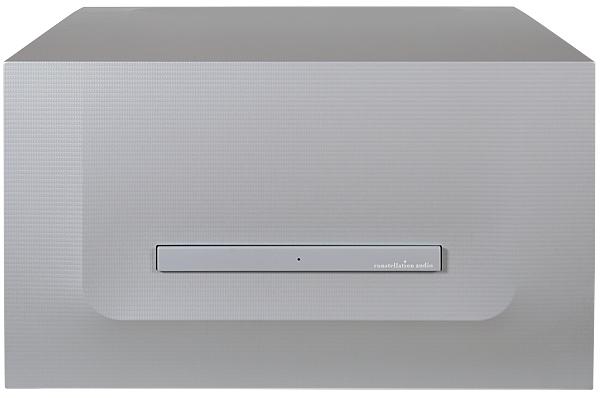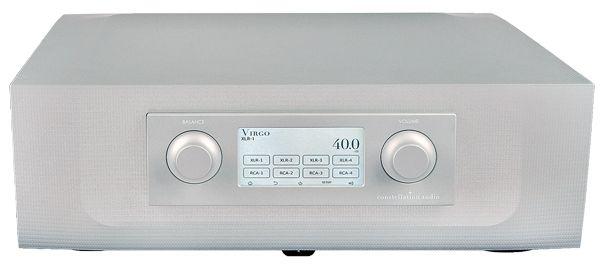Pre/Power Amplifiers
Sort By: Post DateTitle Publish Date
|
Apr 15, 2022 |
First Published: Mar 01, 2003
|
Jul 02, 2020
|
Jul 02, 2021
|
Feb 06, 2009
|
Sep 28, 2023 |
First Published: Jun 01, 1997
|
Dec 19, 2019
|
Dec 01, 2017
|
Mar 09, 2023
|
Jan 29, 2025 |
First Published: Jan 01, 2025

 The British company has unveiled a system with the same stunning livery as its highly successful DAC64. Ken Kessler reaches for the blue yonder
The British company has unveiled a system with the same stunning livery as its highly successful DAC64. Ken Kessler reaches for the blue yonder

 The Chord Ultima range has grown from a single pre and power amp, as the tech becomes more affordable. The Ultima 2 models might just give the flagships a scare
The Chord Ultima range has grown from a single pre and power amp, as the tech becomes more affordable. The Ultima 2 models might just give the flagships a scare
